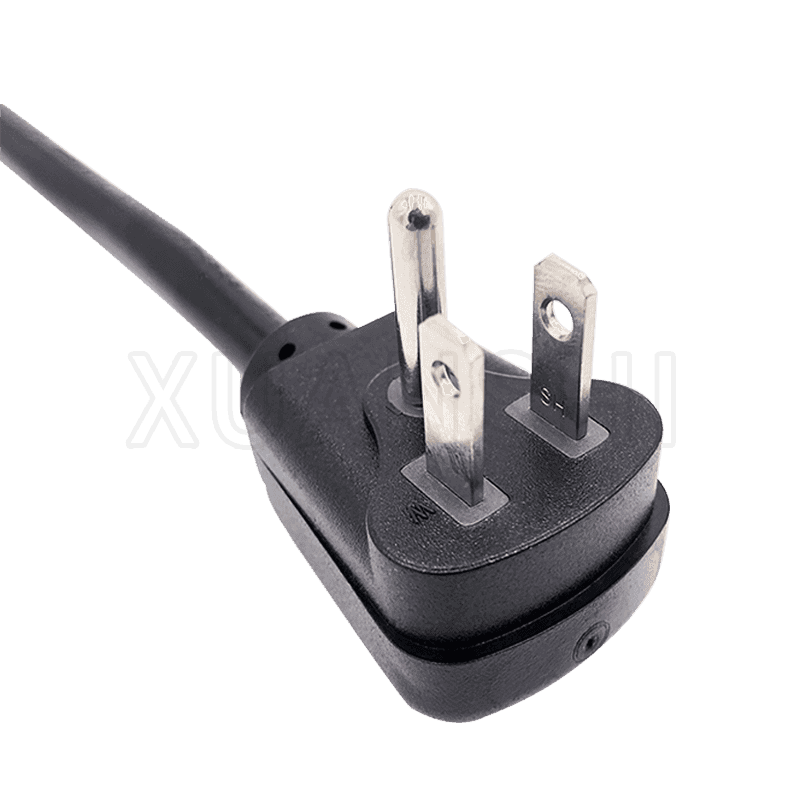Preventing electrical hazards when using a 3 pin plug power cord involves several key practices:
Inspect the Cord Regularly: Regular inspection of the power cord is paramount to ensure its integrity and safety. When conducting inspections, thoroughly examine the entire length of the cord, paying close attention to areas near the plug and socket ends where wear and tear are more likely to occur. Look for any signs of fraying, cuts, abrasions, or exposed wires, as these can compromise the insulation and expose live electrical conductors. Even minor damage can escalate into a significant safety hazard if left unchecked. Inspect the plug pins for any signs of deformation or corrosion, which may hinder proper electrical contact with the outlet. Incorporating a systematic inspection schedule, such as monthly or quarterly checks, ensures that any issues are promptly identified and addressed before they escalate into potential hazards.
Use Grounded Outlets: Grounding is a fundamental safety feature designed to protect against electric shock and reduce the risk of electrical fires. A grounded outlet consists of three slots: two vertical slots for the live and neutral wires and a round or U-shaped slot for the grounding pin. When a 3 pin plug is inserted into a grounded outlet, the grounding pin establishes a direct connection to the earth, providing a path for fault currents to safely dissipate away from the electrical system. This prevents the buildup of voltage on exposed metal parts of appliances and helps to mitigate the risk of electrical shock in the event of a fault. It is imperative to never bypass the grounding feature by using adapters that remove the grounding pin or by connecting the plug to ungrounded outlets, as this compromises the safety of the electrical installation and increases the likelihood of electrical hazards.
Avoid Overloading Circuits: Overloading electrical circuits poses a significant risk of overheating, electrical fires, and damage to both the electrical system and connected appliances. Each electrical circuit is designed to handle a specific amount of electrical load, determined by factors such as wire gauge, circuit breaker rating, and outlet capacity. Exceeding this rated capacity by connecting multiple high-power devices to a single circuit can lead to excessive heat buildup in the wiring, potentially causing insulation degradation, arcing, or even ignition of nearby combustible materials. Distribute the load evenly across multiple circuits or use dedicated circuits for high-power appliances such as air conditioners or space heaters. Consider using power strips or surge protectors with built-in circuit breakers to provide additional protection against overcurrent conditions and voltage spikes.
Unplug When Not in Use: Unplugging electrical devices when they are not in use not only conserves energy but also reduces the risk of electrical hazards associated with standby power consumption and electrical faults. Many electronic devices consume a small amount of power even when switched off, commonly referred to as standby or vampire power. Over time, this standby power consumption adds up, contributing to energy waste and increased utility bills. By unplugging devices from the power outlet when they are not in use, you eliminate standby power consumption and reduce the risk of electrical faults occurring in unattended appliances. Unplugging devices provides an added layer of protection against power surges, lightning strikes, and other external factors that may damage sensitive electronics when left connected to the power supply. Incorporating simple habits such as unplugging chargers, appliances, and electronics when they are not actively being used can yield significant energy savings and enhance electrical safety in your home or workplace.
America 3 pin NEMA 5-15P plug power cord JL-16
